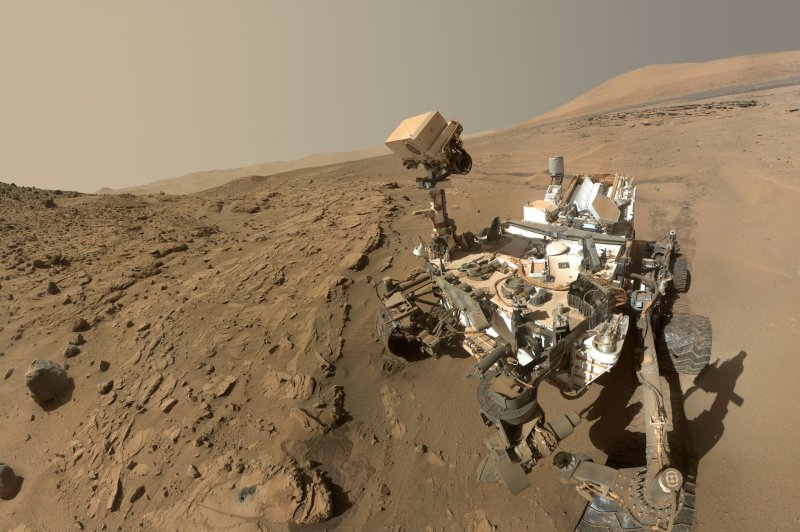WASHINGTON, Jan. 9 (UPI) -- On Thursday, the daily high temperature at Gale Crater -- a depression in the northwestern portion of Mars' Aeolis quadrangle -- climbed to negative 8 degrees Celsius (17.6 degrees Fahrenheit). It was like a sauna for the Mars rover Curiosity, which is used to temperatures that often dip below minus 100 degrees Celsius.
Meanwhile, in much of the northern United States and Canada, the mercury dropped to below negative 20 degrees Celsius (negative 4 degrees Fahrenheit).















